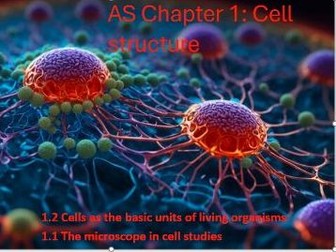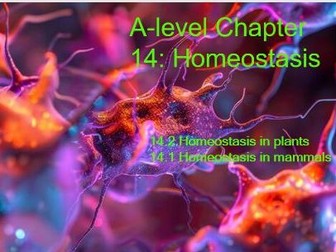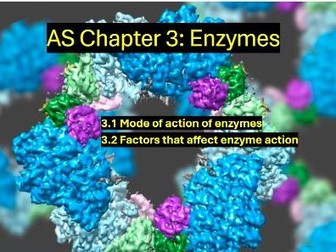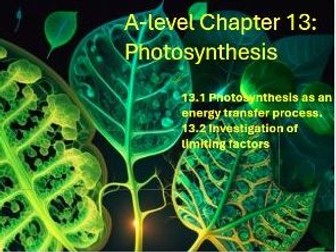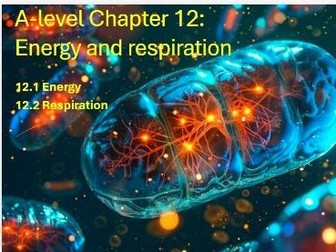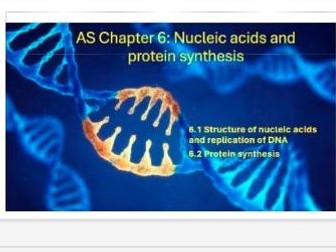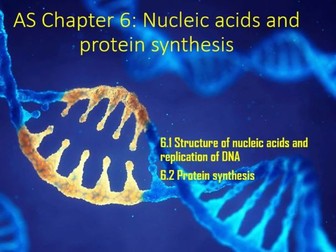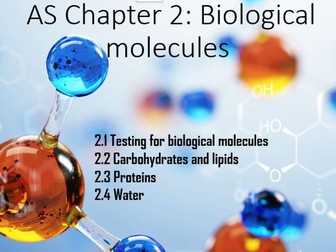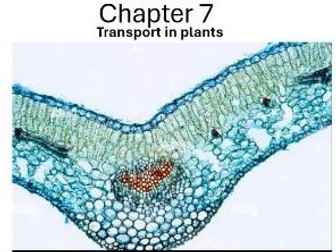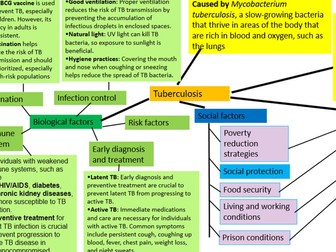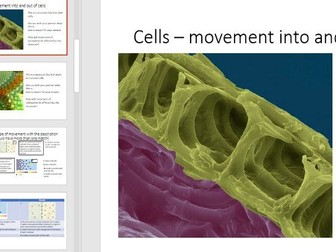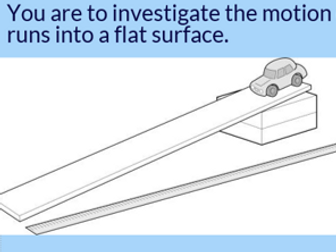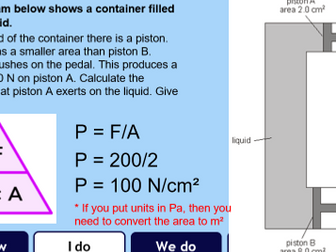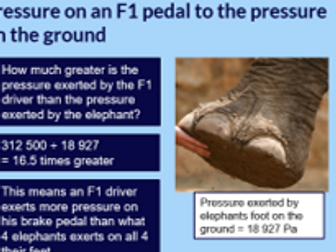AS Biology: Cell structure
<p>This focused unit on Cell Biology is designed for AS- level students and covers essential cell structures and functions, ensuring comprehensive exam preparation.</p>
<p><strong>Key Topics Covered:</strong></p>
<ul>
<li>
<p>Cell Structure & Function: Detailed exploration of eukaryotic and prokaryotic cells, including organelles like the nucleus, mitochondria, and Golgi apparatus.</p>
</li>
<li>
<p>Microscopy Skills: Techniques for using light and electron microscopes, including magnification and resolution calculations, plus practical exercises on preparing and analysing cell slides.</p>
</li>
<li>
<p>Comparative Cell Biology: Compare and contrast plant, animal, and bacterial cells, with high-quality diagrams, micrographs, and step-by-step activities.</p>
</li>
</ul>
<p><strong>Why This Unit is Ideal for Teachers & Students:</strong></p>
<ul>
<li>
<p>Engaging Resources: Downloadable presentations, exam-style questions, and hands-on activities.</p>
</li>
<li>
<p>Exam-Ready Content: Written for Cambridge Assesment International (CAIE) but aligned with AQA, OCR, and Edexcel specifications, ensuring thorough preparation.</p>
</li>
<li>
<p>Student-Led Learning: Encourages independent research and practical microscopy tasks, helping students build critical thinking and application skills.</p>
</li>
</ul>
